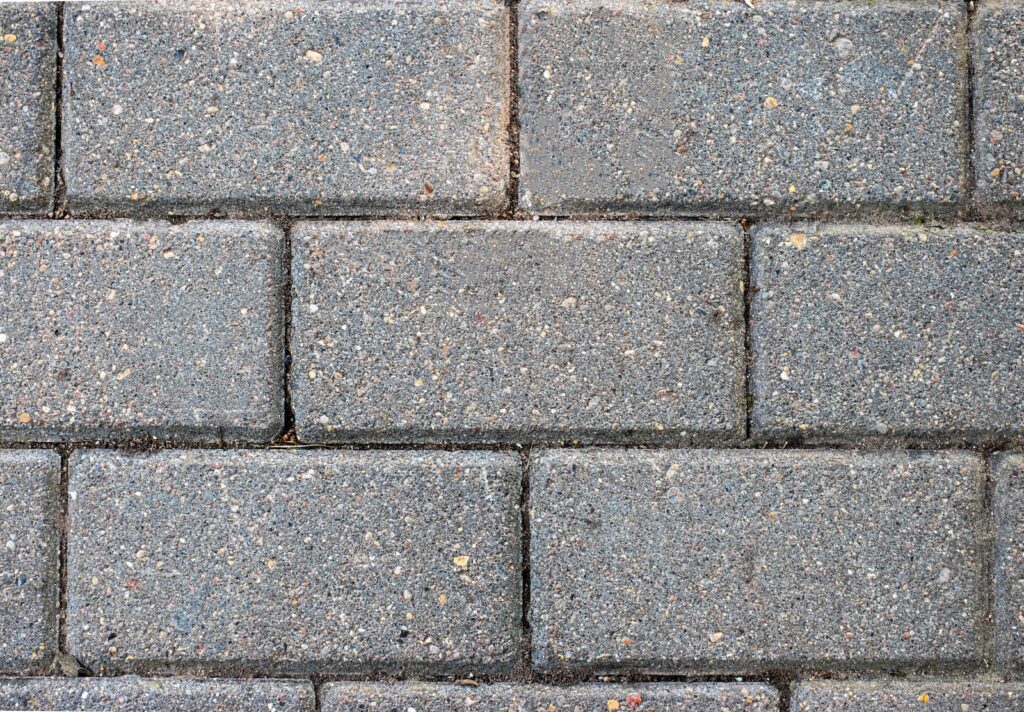Researchers receive new funding for sustainable concrete substitute
A new, more sustainable form of concrete could be created soon, with the ability to transform the construction industry which accounts for a large portion of greenhouse gas emissions.
Researchers at Worcester Polytechnic Institute (WPI) in Massachusetts have received $692,386 from the National Science Foundation (NSF) to improve and develop new functions for their Enzymatic Construction Material (ECM), a ‘living’ low-cost negative-emission construction material.
The researchers, Nima Rahbar and Suzanne Scarlata, created ECM to address one of the largest contributors to climate change – concrete – by providing what they refer to as ‘a pathway to repair or even replace [traditional] concrete in the future.’

Rahbar and Scarlata have already made their research available for commercial use through a start-up called Enzymatic. The new funding will also allow them to:
- explore new avenues for ECM’s use, including repairing cracks in different types of glass, such as eyeglass lenses, cell phone screens, and car windshields
- develop a programme to educate diverse populations of underprivileged girls – in Worcester and in Africa – about engineering and construction
According to Statisa, between 1995 and 2020 worldwide cement production jumped from 1.39 billion to 4.1 billion tons, making it the second most widely used substance on Earth next to water. In addition to their efforts to help mitigate the massive climate change impacts created by concrete, Rahbar and Scarlata plan to use the new funding to refine and optimize ECM and the processes to create it, and expand its use to different materials.
Biological enzymes are catalysts that drive chemical reactions. ECM is made through a process involving an enzyme known as carbonic anhydrase – found in all living cells – that has the unique ability to react with CO2 to rapidly remove the greenhouse gas from the atmosphere. This reaction creates calcium carbonate crystals, which serve as ECM’s main ingredient. A sand slurry is also added, as well as a polymer, which holds the ECM together during its early stages, much like scaffolding does during the construction of a building.
Through this process, ECM can ‘heal itself’ and fix cracks or other imperfections that may develop over time, retaining its strength through as many as six self-healing cycles.
Through extensive testing and experimentation, the research team found that ECM has ‘outstanding’ compression strength, rivalling traditional mortar, making it strong enough to be used in the construction of buildings as compressive elements. It also does not require baking at high temperatures like a traditional brick does, and it can be made quickly, unlike the 28 days needed to cure concrete. ECM can also be produced at a low cost as the percentage of the enzymes is minute.
The new NSF funding will help the team improve the processes that will allow for EMC to move more swiftly from the lab to construction sites.
A new pathway for the material could also be used to fix cracked or fractured glass. Scarlata said the inspiration came to her when her children accidentally dropped and broke their cell phone screens, leading her to want to find a way to repair, rather than replace, the phones’ glass screens. While Scarlata and Rahbar don’t have any data yet on ECM’s ability to repair glass, they believe it is possible. ‘This method of repairing glass would save a lot of time, energy, and waste,’ said Scarlata.
Photo by Sergey Lapunin












